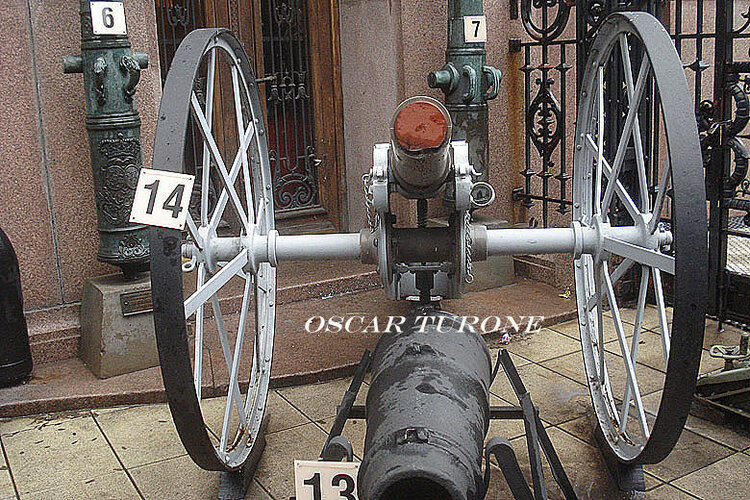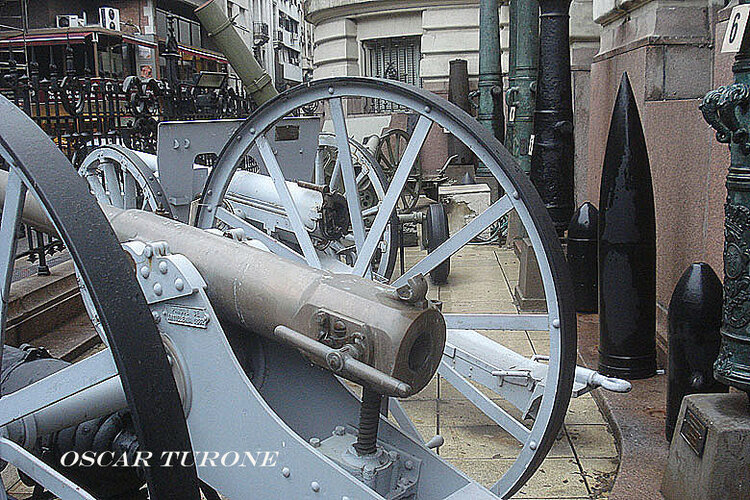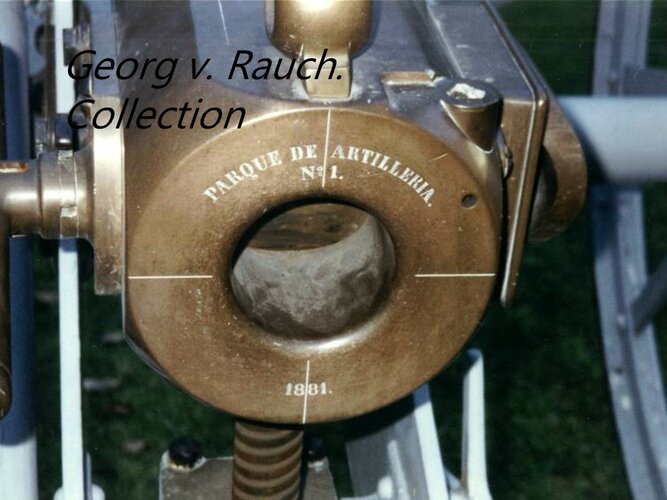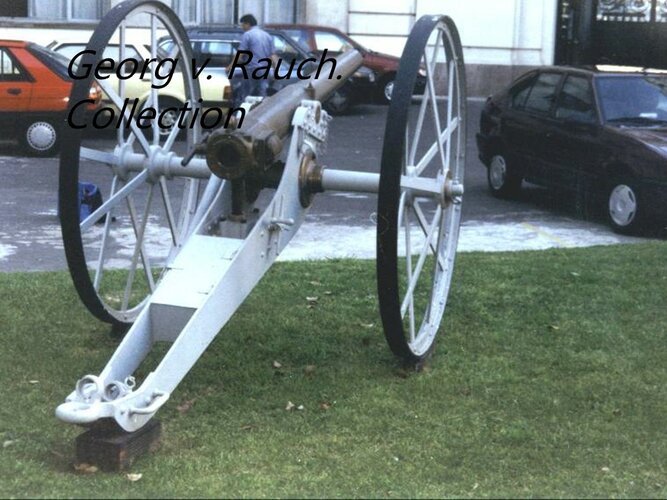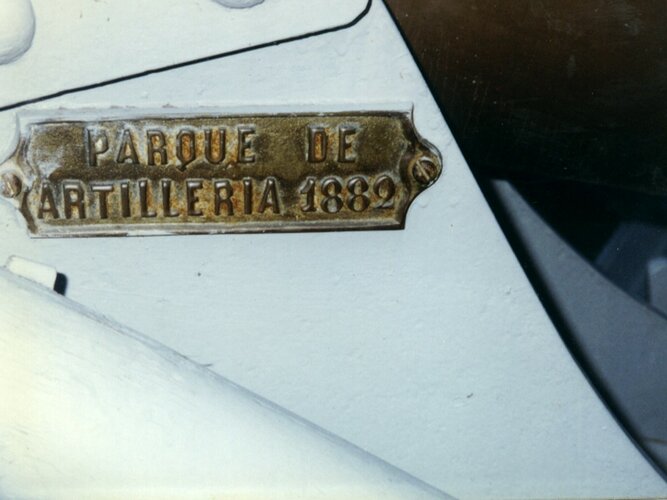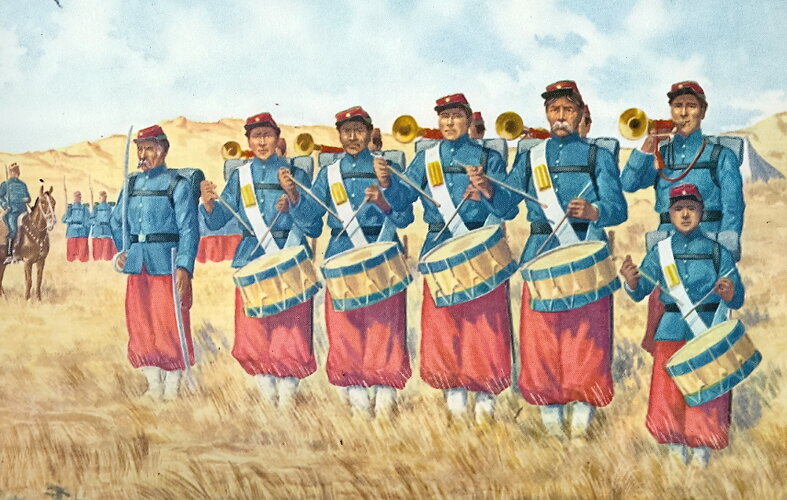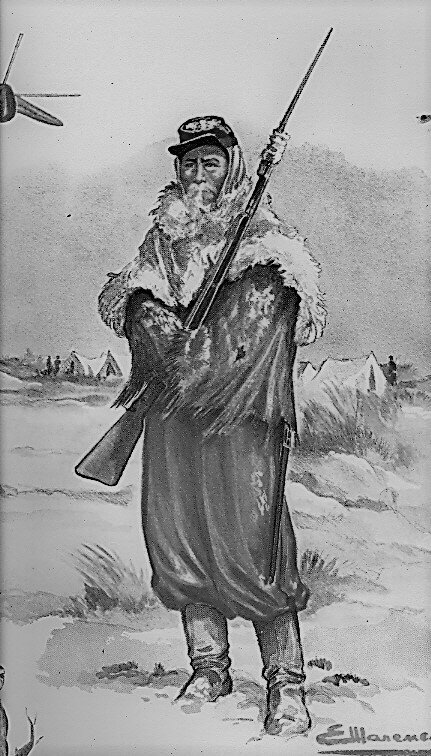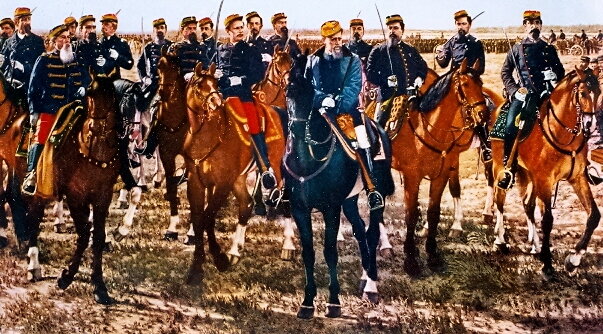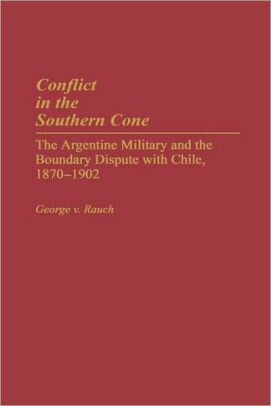In 1880, the Arsenal de Guerra (War Arsenal) of the Argentine army at Buenos Aires, u developed a field gun designated Viejobueno, in honor of Colonel Joaquín Viejobueno, the Chief Staff of Staff of the army in the province of Buenos Aires who took part in the Conquest of the Desert during 1879., and with that position he was part of the campaign to the desert of 1879. Later, that year, the minister of war, General Julio Argentino Roca, appointed him to head a commission to study and implement the modernization of the army. that should study the modifications and modernizations that should be imposed on the army. A system or workshops were established that produced many of the army's requirements, including uniforms, footwear, transport wagons, and a few batteries of a 78,5mm compressed bronze cannon, in 78,5 mm caliber based on a Krupp model, and designated as the Viejobueno cannon. During my recent move from New Jersey to North Carolina were irretrievably lost, including several photos taken in 2005 of the sole remaining example of this rare weapon. It outperformed its European counterparts and had a range of 6.000 meters. It was supplied in limited quantities to both the army and the navy. During tests conducted at the War Arsenal, an army major, opened the breech soon after firing, the shell casing severed hone of his hands and dies as a result. This unfortunate accident, not imputable to the gun itself, cast a pall and production was discontinued.
Attachments
Last edited:

